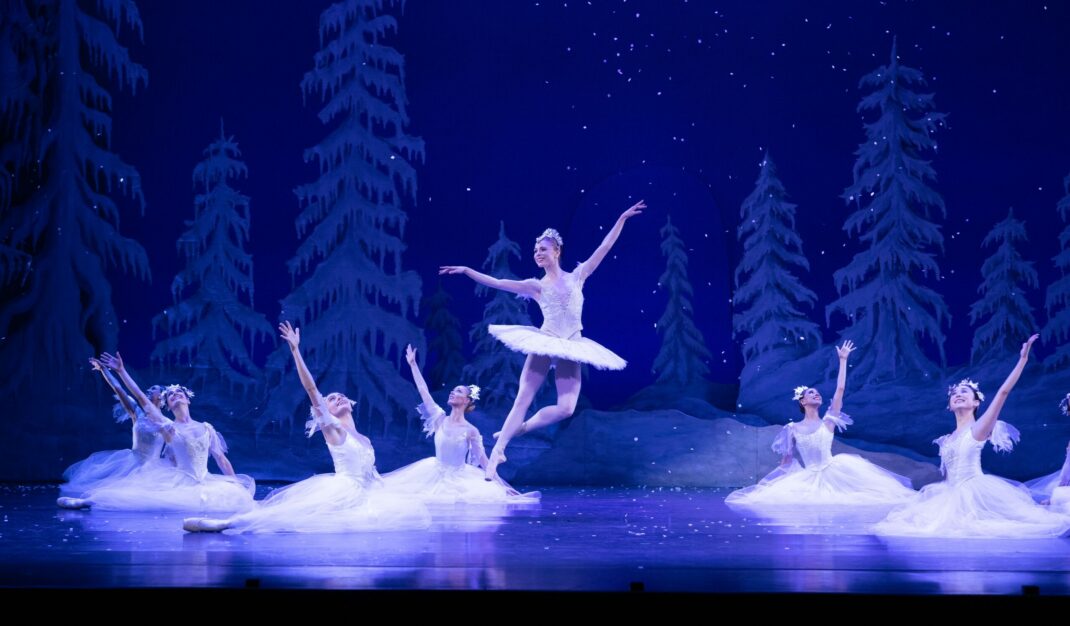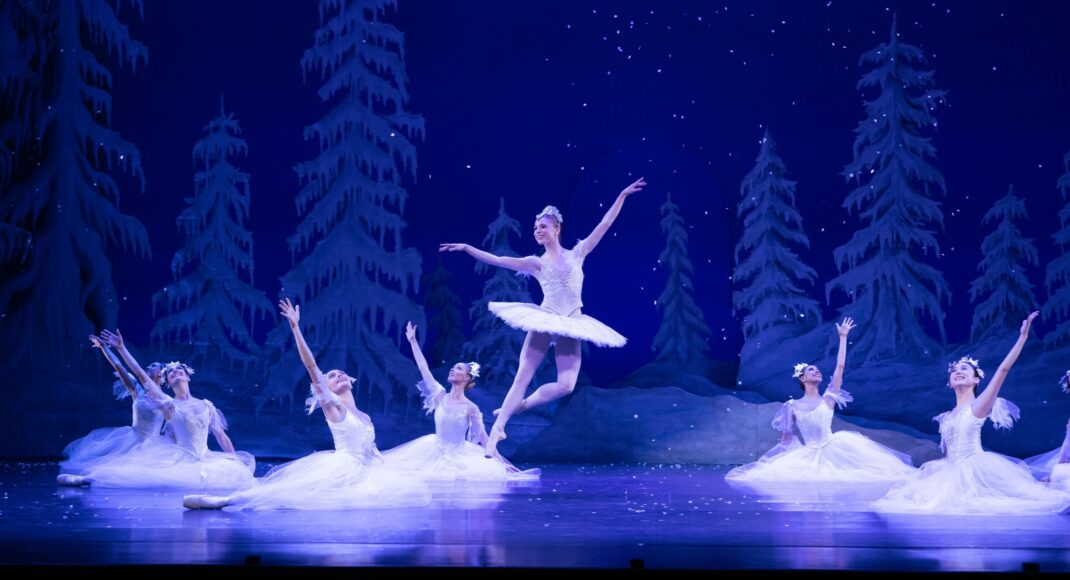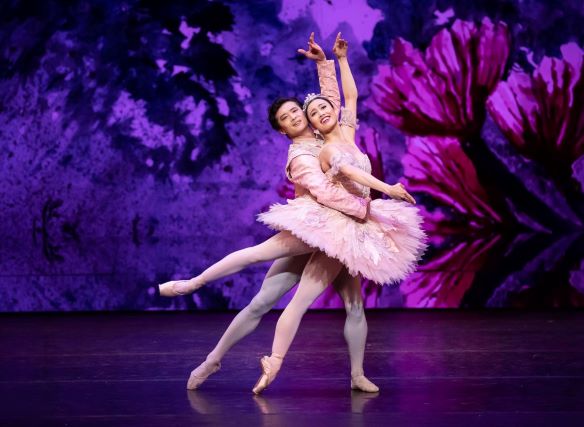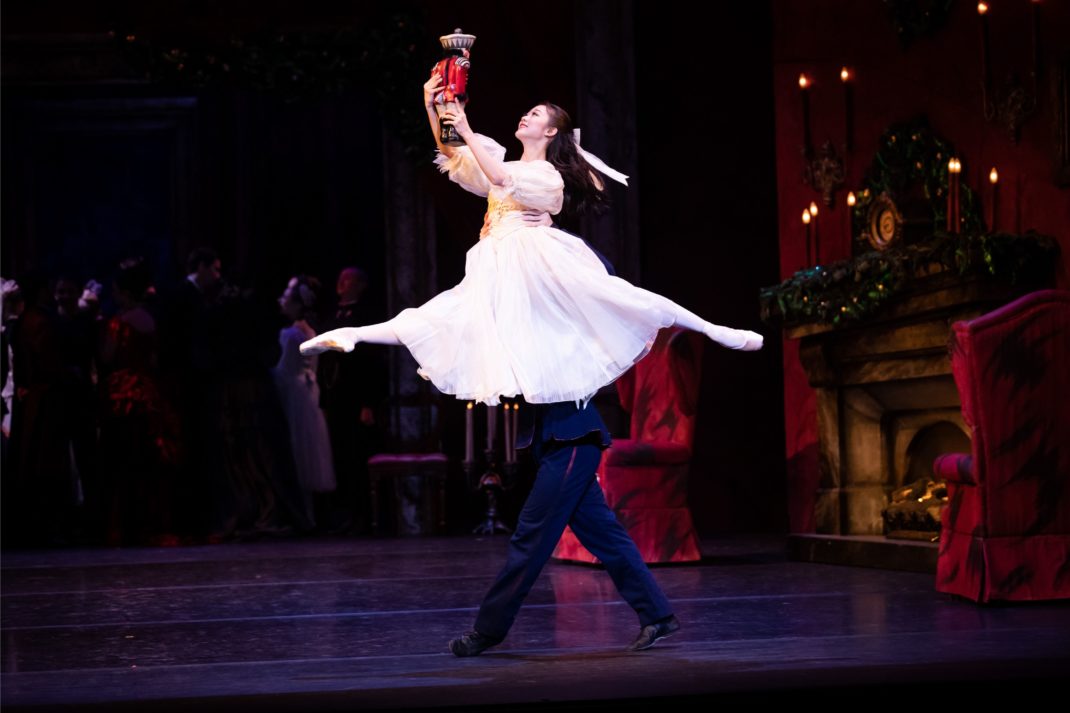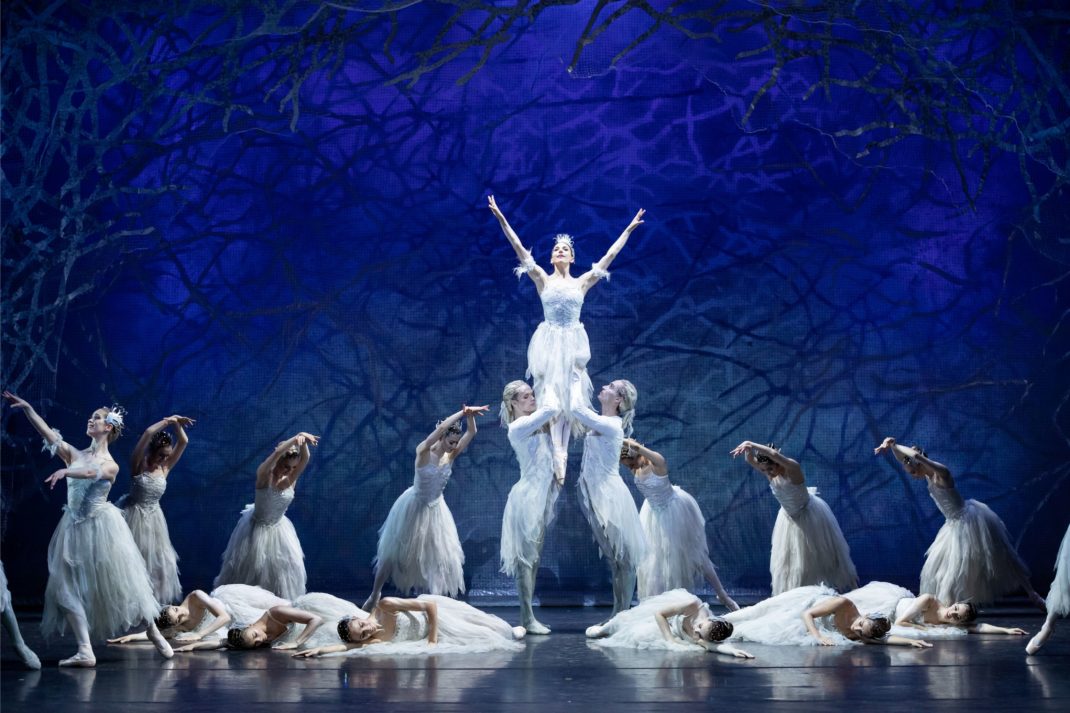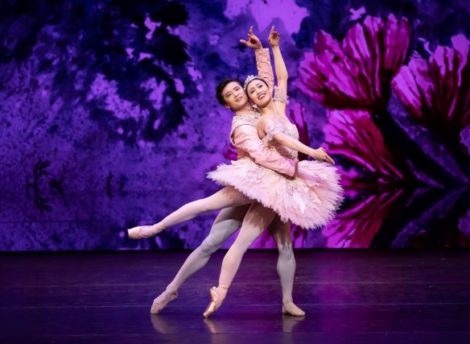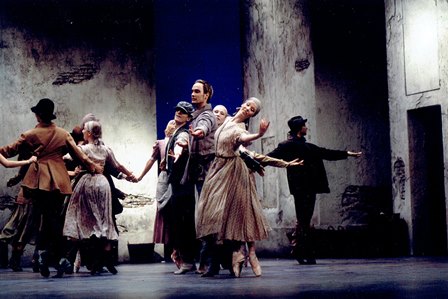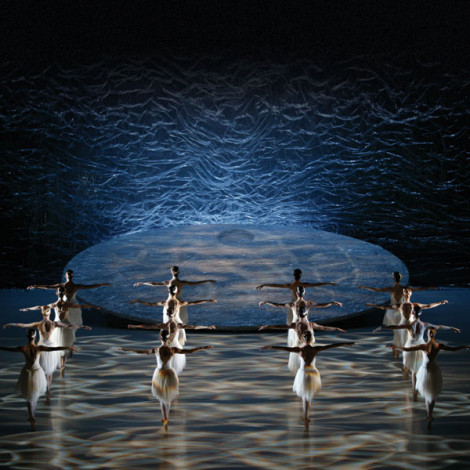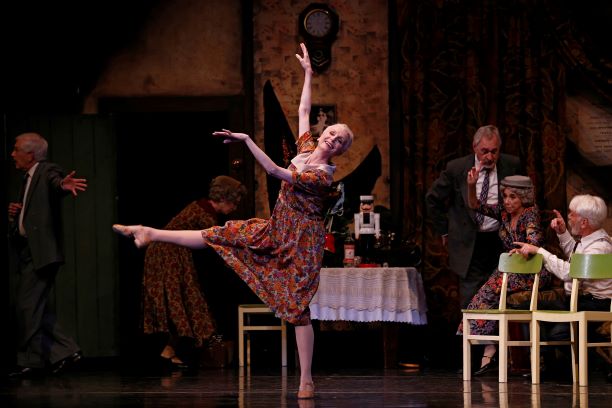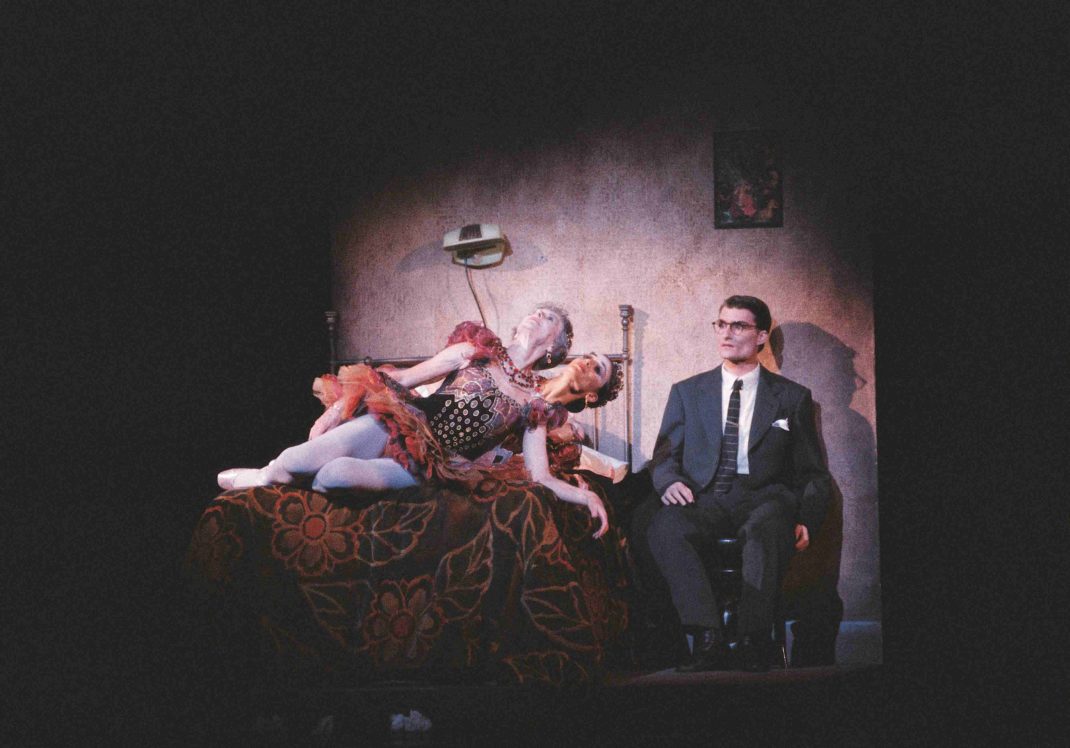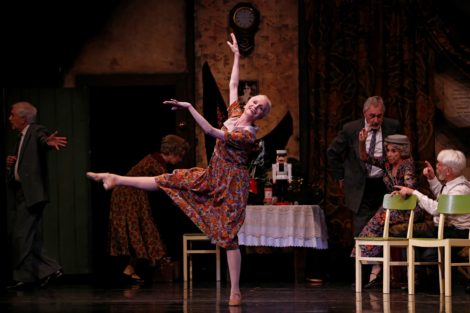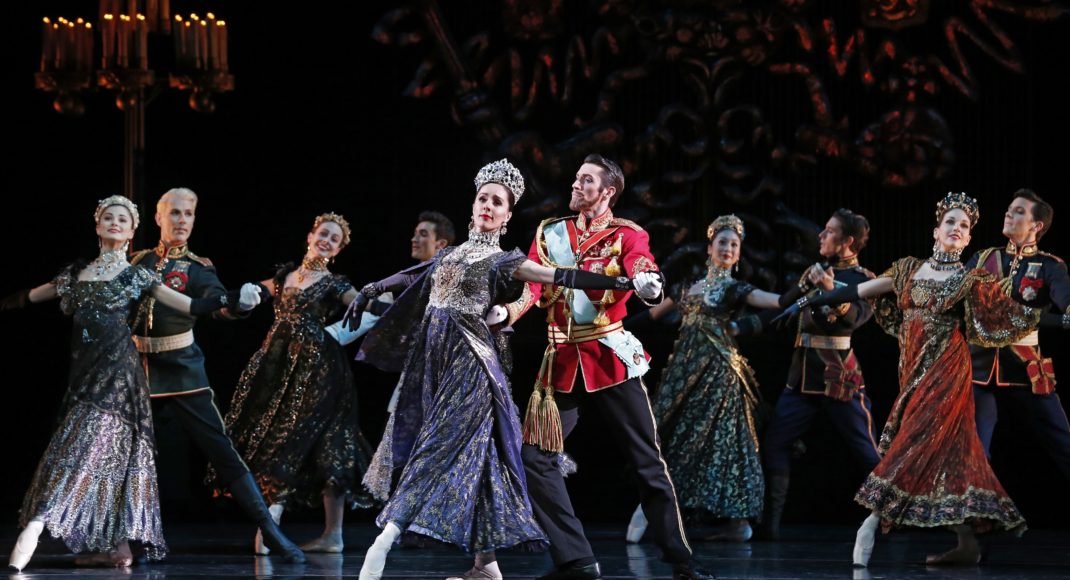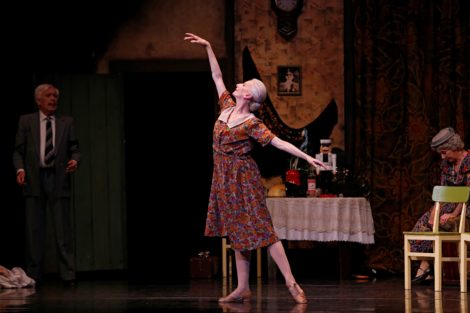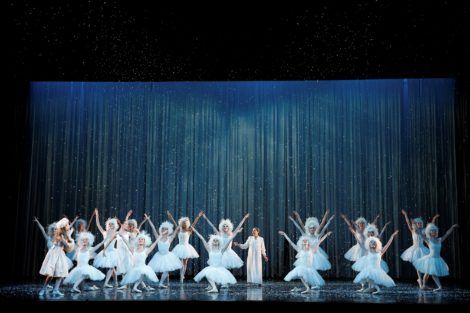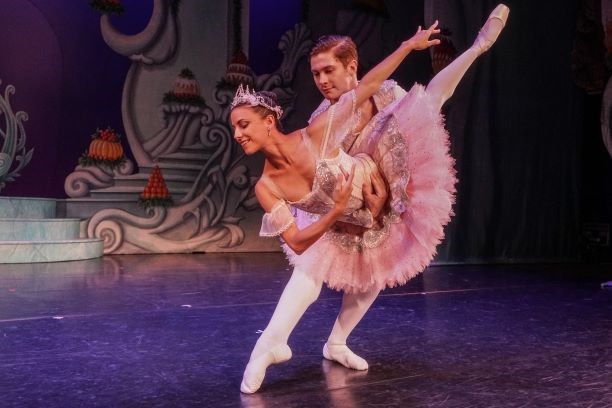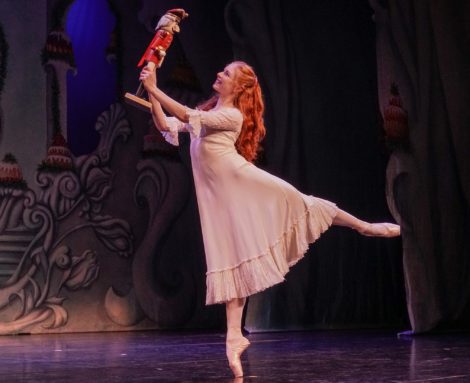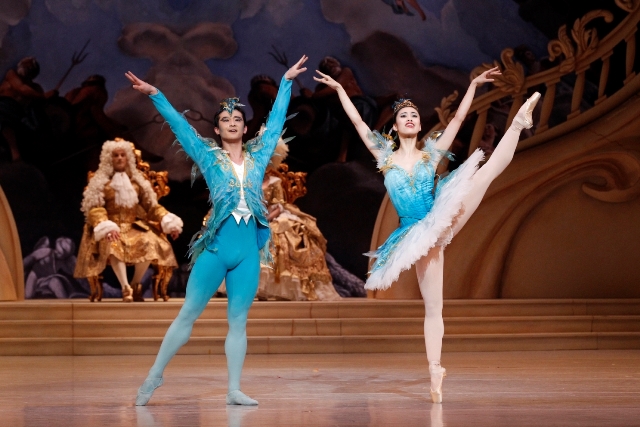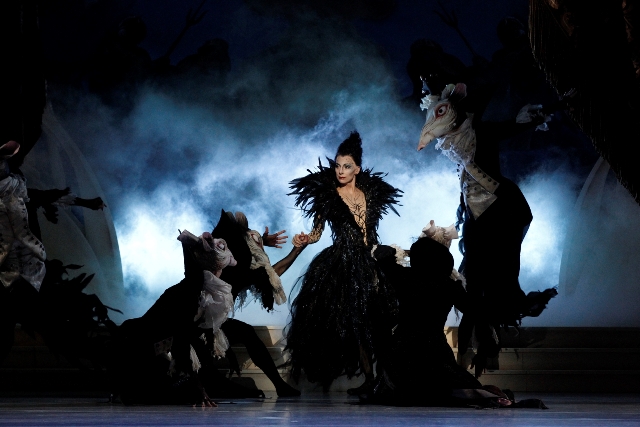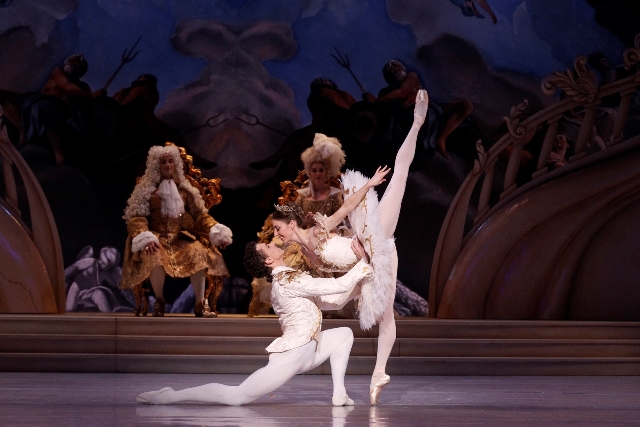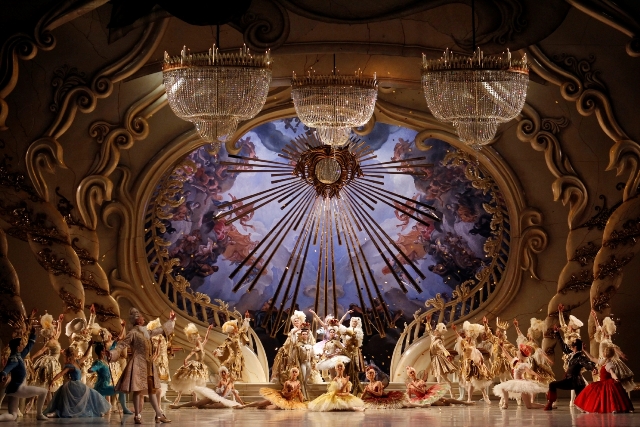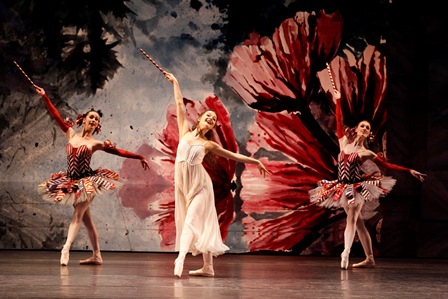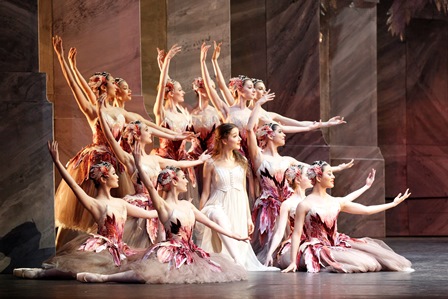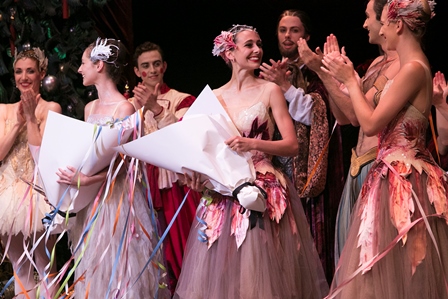2 December 2022. Playhouse, Queensland Performing Arts Centre, Brisbane
I have fond memories of watching a production of Nutcracker pretty much every Christmas as a young ballet student in Sydney and it is great to see Queensland Ballet making their Nutcracker (choreographed by Ben Stevenson originally in 1976) a Brisbane tradition. Every production has its high points and the highlight for me in this Queensland Ballet performance was the snow scene where Clara (Chiara Gonzalez) is transported, after her encounter with the Nutcracker and his fight with the army of rats, to the Kingdom of the Sweets via a snowy landscape. The appearance of the Snow Queen gave me a frisson of excitement to begin with and as the dancing progressed the goose bumps continued. Mia Heathcote as the Snow Queen and Patricio Revé as the Prince danced exceptionally well both in solos and pas de deux, and the snowflake corps de ballet were also a delight to watch. The set for this section (sets by Thomas Boyd) reminded me of a trip way back in December 2007 through the snowy Kit Carson Forest, in New Mexico.
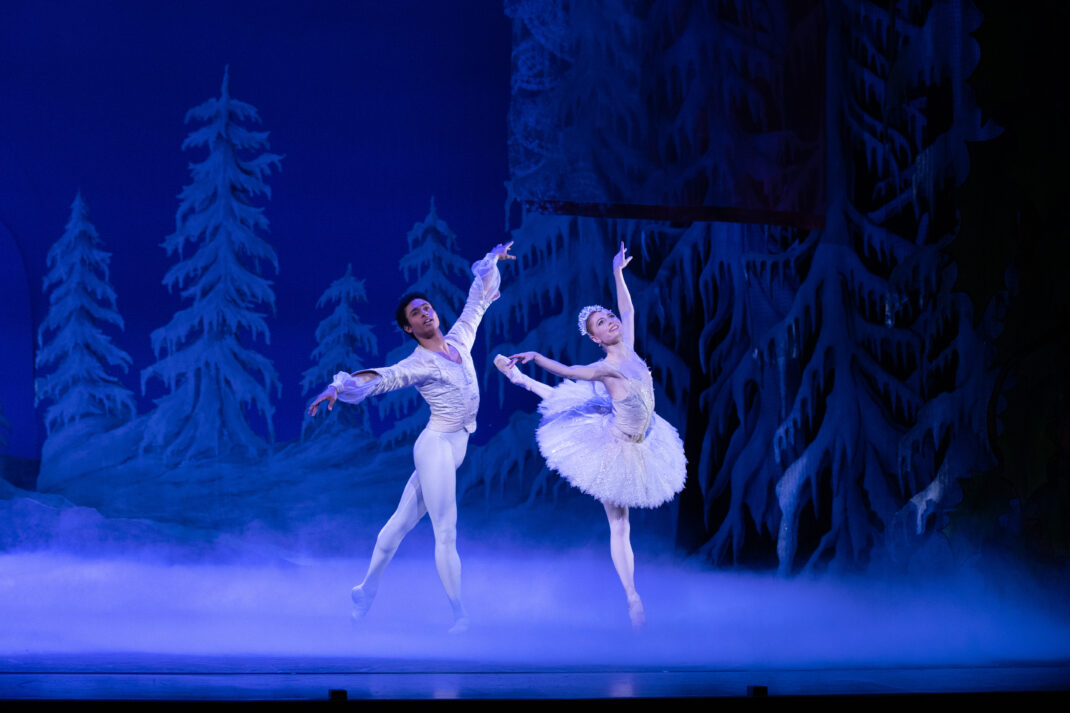
Then there was the orchestra playing that moving section of Tchaikovsky’s score with the addition of the Voices of Birralee from St Peter’s Lutheran College Choir. It was all just glorious and, to the amazement of everyone (at least those where I was sitting), snowflakes fell on us as the lights went up for interval!*
But to the production as a whole: the opening scenes were filled with action as guests enjoyed themselves at the Christmas party that opens the ballet. The stage space was a little crowded, however, and the action rather too full of pantomime-style behaviour for my liking. It weakened the presence of Dr Drosselmeyer (Alexander Idaszak) and his two sets of dolls, and the other various activities that have prominence in these scenes. There were just too many people trying to dominate the action of the party.
But as Clara retired to bed and the army of rats and the soldiers who fight the rats arrived, the production became easier to watch. There were some lovely humorous moments, including when ‘nurse rats’ arrived, with one waving a white flag and others carrying a stretcher, to carry off the injured body of the King Rat. The King Rat had just a brief role but Vito Bernasconi, who danced the part on opening night, was an outstanding interpreter of Stevenson’s expressive choreography of twists, bends and jumps that gave such character to the role—and Desmond Heeley’s costume was exceptional.

Act II was very ‘sweetish’ with little cakes and other sweet items decorating the set and a bunch of cooks rushing in and out with their items for Clara to taste. Some of the entertainment, watched by Clara and the cooks, was somewhat different in Stevenson’s version from what many older folks might remember. For example, the Russian gopak usually a dance for more than one man, was a solo brilliantly performed by Bernasconi, and the Chinese Dance (Mali Comlecki and Luke DiMattina) was highly acrobatic and was akin to a martial arts demonstration. The always-anticipated Waltz of the Flowers showed Lucy Green and David Power dancing the lead couple with exception fluidity and grace.
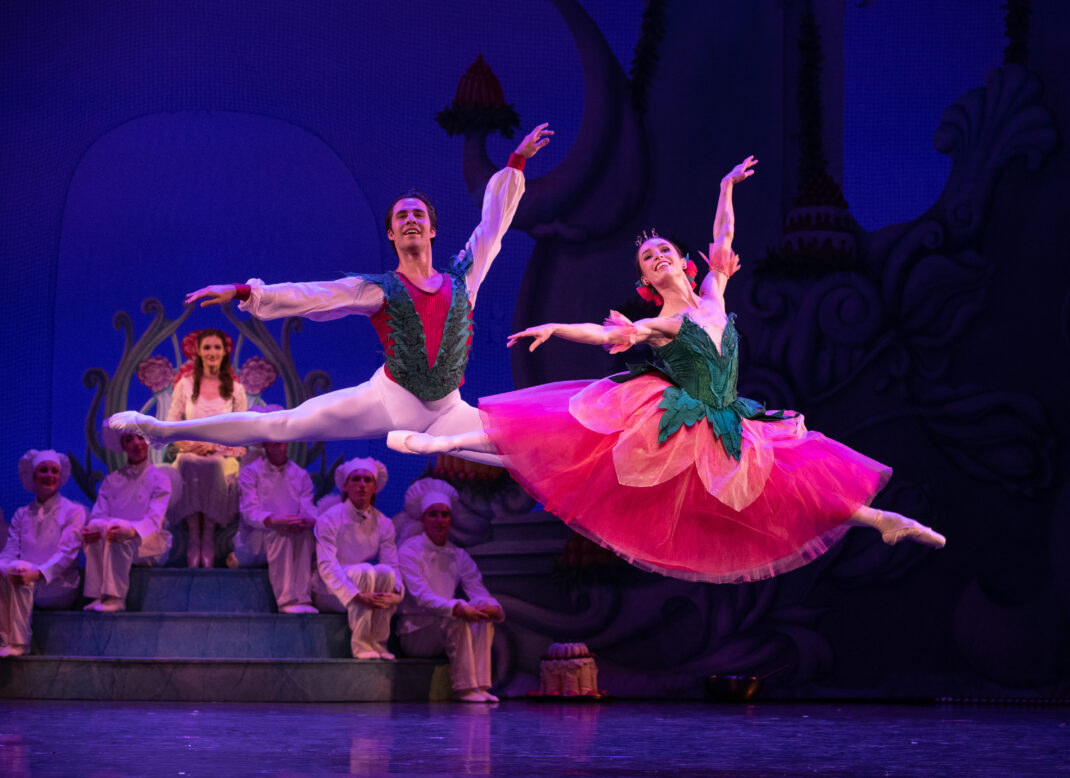
The grand pas de deux was danced on opening night by Yanela Piñera as the Sugar Plum Fairy and Patricio Revé as her Prince and once more I was especially impressed by Revé as a partner. He is completely engaged with whomever he partners, and in whatever role he performs. Watching Piñera was a joy too as from the relatively close seat I had I could see how every tiny move she made filled the space around her. Beautiful dancing from both artists.
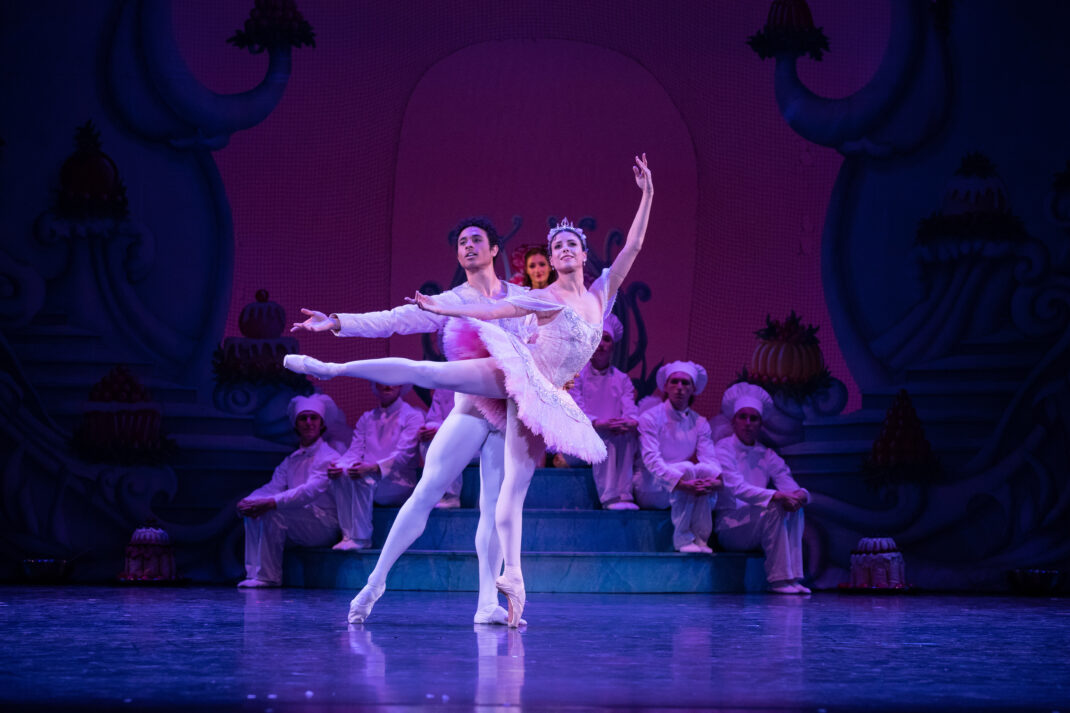
From a different point of view, I have much admiration for Nigel Gaynor, Queensland Ballet’s conductor and musical arranger. I have always been impressed by the collaborative way he works and this time I was sitting close enough to see just how he engaged with the dancers, even applauding at various stages (baton still in hand), when a solo or pas de deux was especially spectacular.
Despite my comments on the opening party scenes of this production, it was a treat to see this Nutcracker danced so beautifully across the evening by the hugely talented team that makes up Queensland Ballet these days.
Michelle Potter, 4 December 2022
* I’m not sue what the ‘snow’ was except that it wasn’t bits of white paper. Perhaps water, slightly frozen? But this delightful addition to audience experience has never happened to me before.
Featured image: Mia Heathcote as the Snow Queen in Ben Stevenson’s Nutcracker. Queensland Ballet, 2022. Photo: © David Kelly
